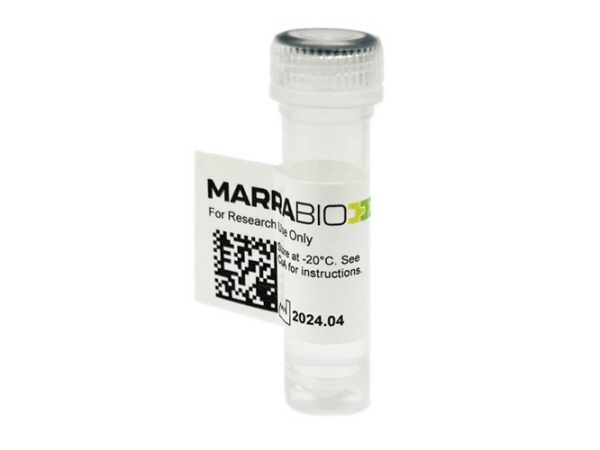
Vitronectin-Cytocaf mimics the action of the extracellular matrix protein vitronectin and is adhesive for a range of cell types such as human mesenchymal stromal cells (MSCs) and induced pluripotent stem cells (iPSCs).
Features checklist
- Provides adhesive surface: Ideal for cells such as iPSCs
- Easy to handle: No need to keep cool, can be used at room temperature and above without denaturing or losing activity
- Simple 1 hour protocol for coating plates
- Free from animal material
More Information
Online Catalogue
Further Information
Podcast Episodes
Interview with MarraBio CEO Dr. Daniel Peters
Interview with MarraBio CSO Prof. Jeremy Lakey and CTO Dr. Helen Waller




















